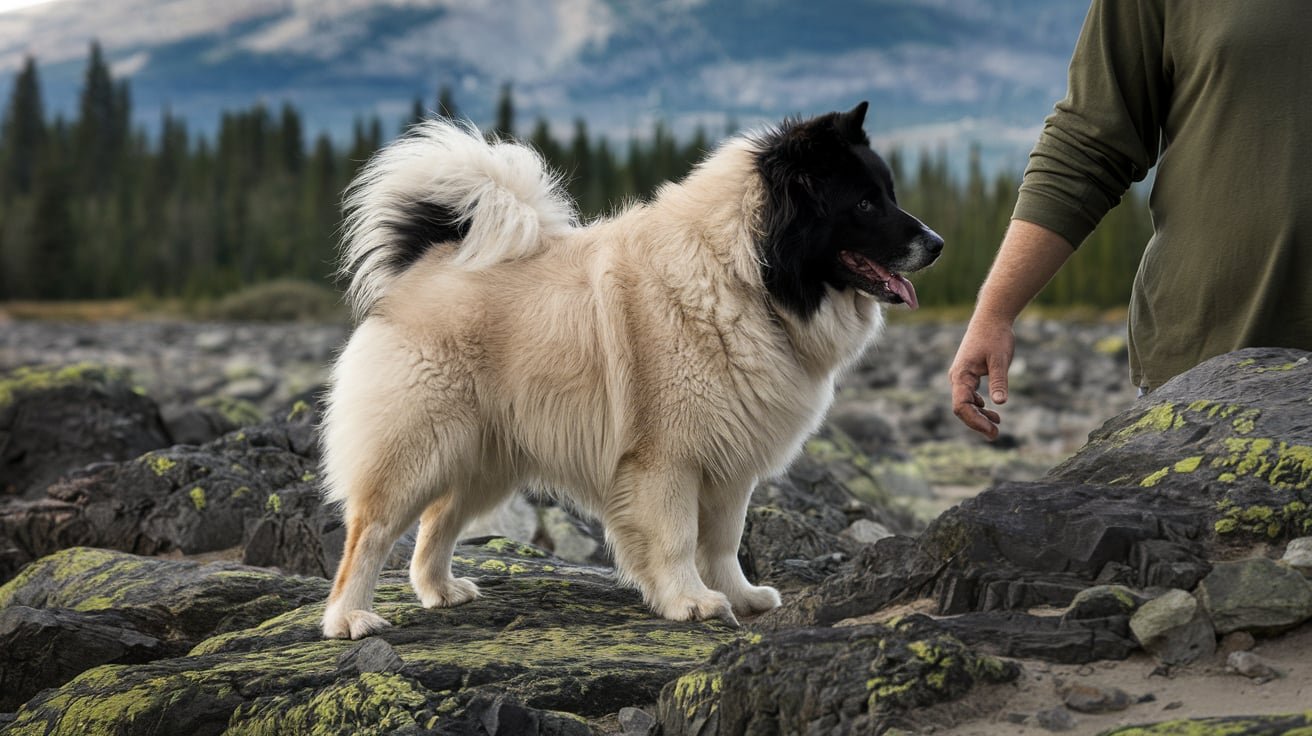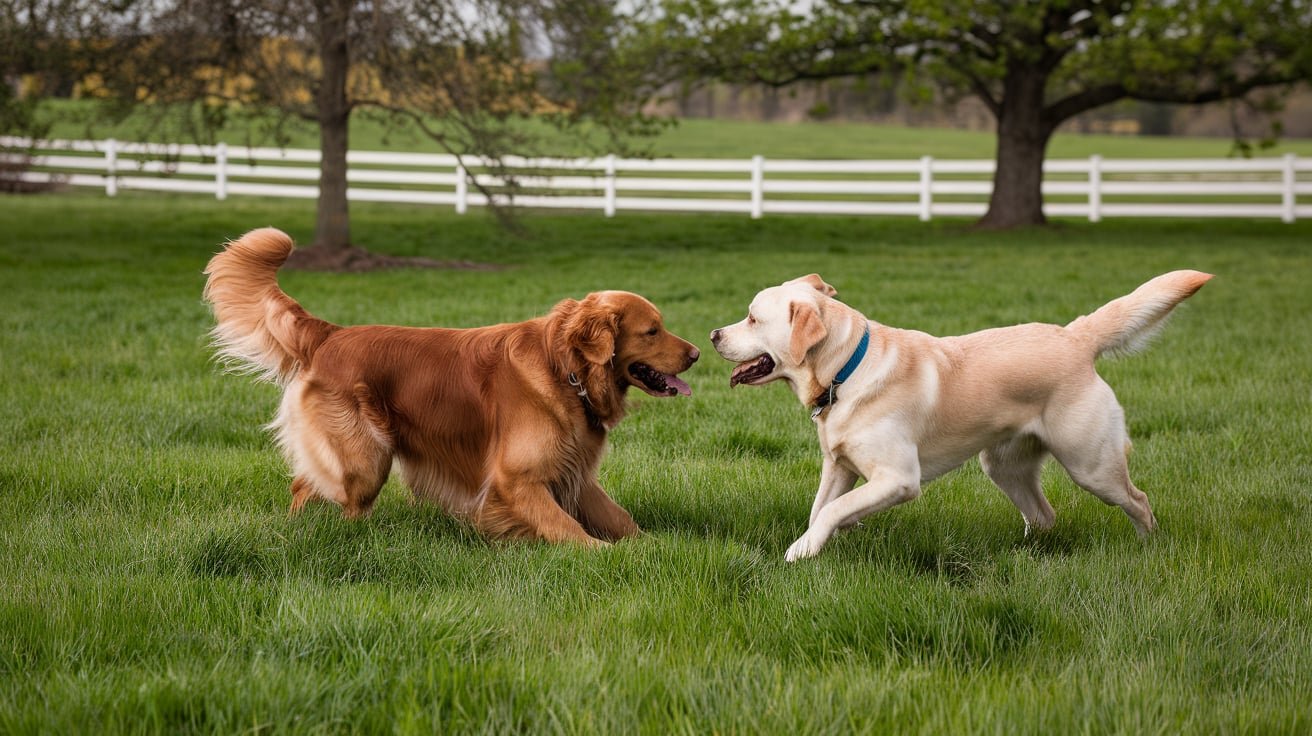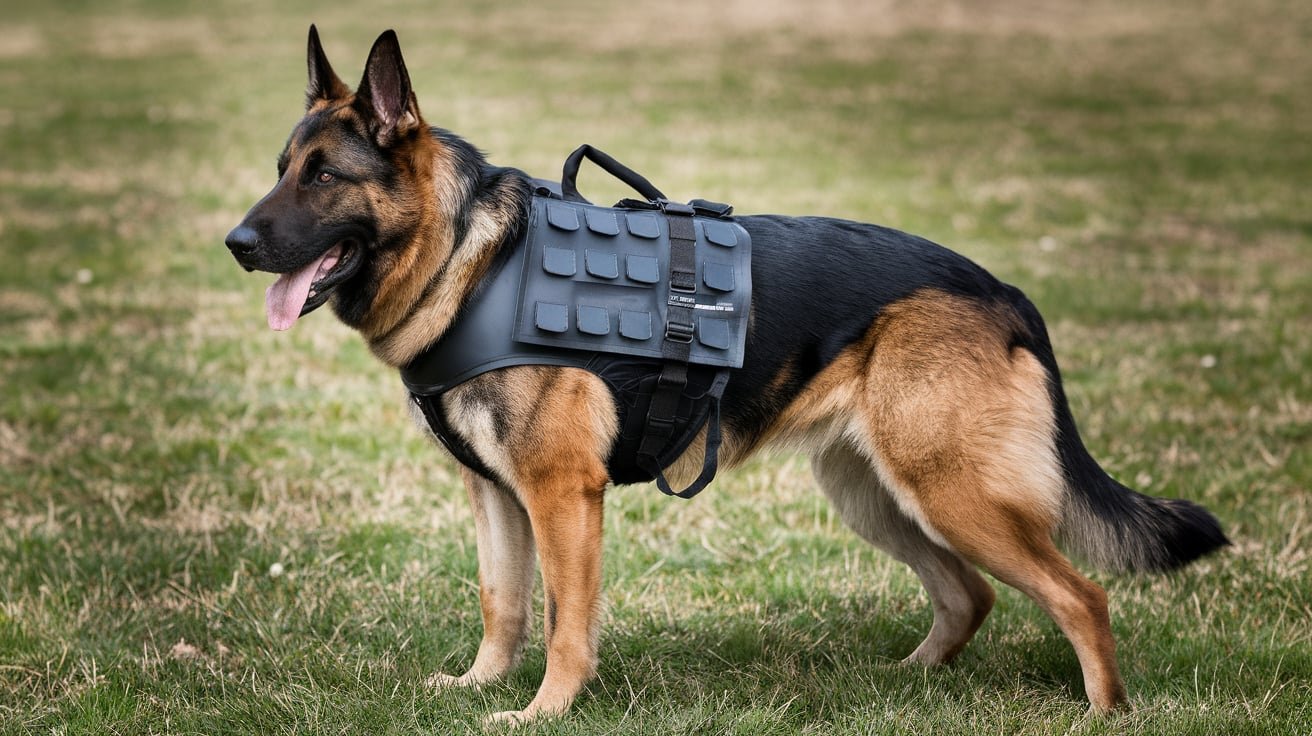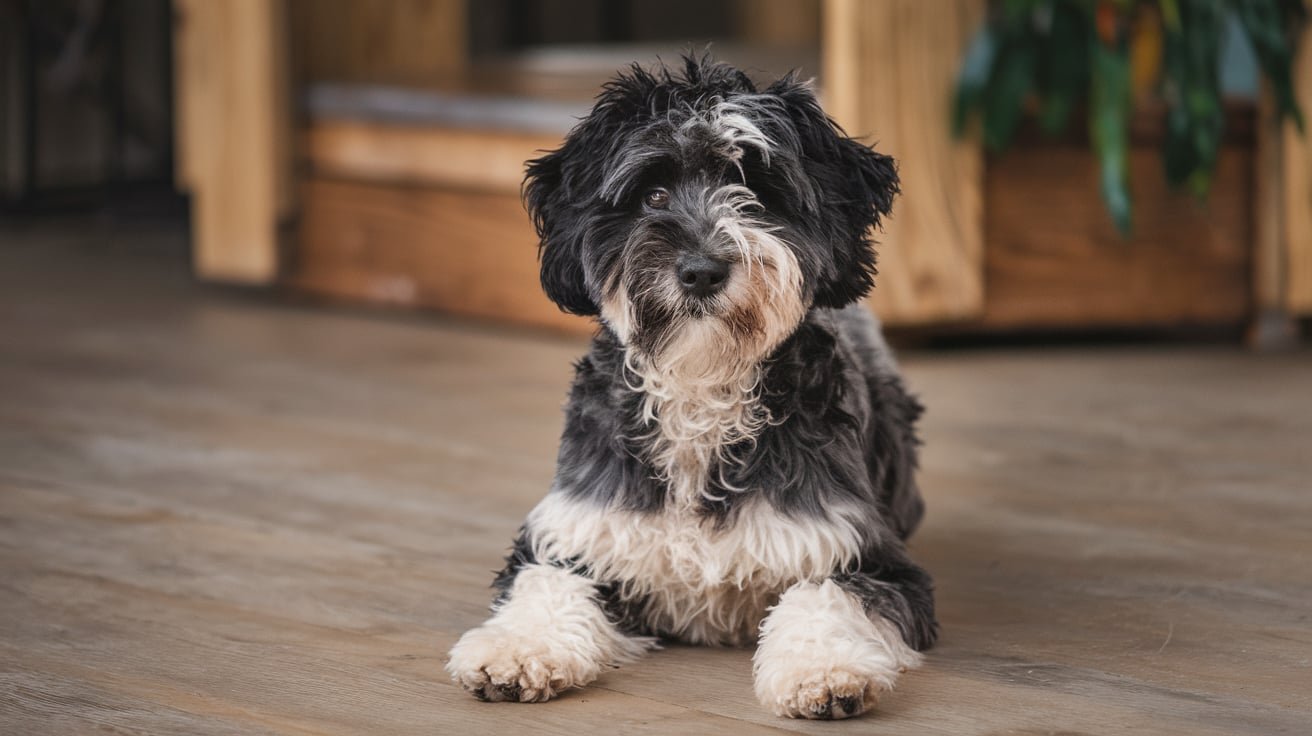Introduction To Dog Resource Guarding a Favorite Human Being
As dog owners, we often find ourselves in situations where our beloved pets display unexpected behaviours. One such behaviour that can cause concern is Dog Resource Guarding a Favorite Human Being. If your dog seems particularly protective of you or another human, this article is for you. We will explore why dogs exhibit this behaviour, the underlying reasons, and most importantly, how to address it effectively. By the end of this guide, you’ll have a better understanding of your dog’s behaviour and the tools to help manage it.
Understanding Dog Resource Guarding a Favorite Human Being
Resource guarding is a natural behaviour in dogs where they feel the need to protect what they consider valuable. This could be food, toys, or even their favourite human. While it can be normal, it may become problematic if it leads to aggressive behaviour towards other pets or people.
Why Do Dogs Resource Guard?
- Instinctual Behaviour
- Many dogs have protective instincts ingrained in them from their ancestors. They see certain things, including their favourite humans, as valuable resources to guard.
- Fear of Loss
- Dogs may feel anxious about losing something they love. This fear can trigger guarding behaviours as a means of protecting their perceived treasures.
- Past Experiences
- Dogs with traumatic backgrounds, such as those from shelters, may have learned to guard resources due to scarcity or negative experiences. They may have learned that they need to protect what they have because it might be taken away.
- Attention-Seeking
- Sometimes, dogs may guard humans to receive more attention. If they notice that guarding leads to increased interaction with their favourite person, they may repeat the behaviour.
Signs of Dog Resource Guarding a Favorite Human Being
Recognising the signs of resource guarding is crucial for effective intervention. Here are some common indicators:
- Stiff Body Language: Your dog may appear tense or rigid when another person approaches.
- Growling or Snapping: These vocalisations are clear signs that your dog is uncomfortable and wants to protect what he sees as valuable.
- Possessive Behaviour: If your dog positions himself between you and another person or dog, he may be guarding you.
- Whining or Barking: Your dog may vocalise to express anxiety about losing his resource.
Step-by-Step Guide to Address Resource Guarding
If you notice that your dog is displaying resource guarding behaviours towards you, here are steps you can take to address the issue:
Step 1: Identify Triggers
Start by observing your dog closely. What situations trigger the guarding behaviour? Is it when someone approaches while he’s resting next to you? Or does it occur during playtime? Keeping a journal can help you track patterns and identify triggers.
Step 2: Create a Safe Space
Ensure your dog has a safe and comfortable space to retreat to. This area should be free from disturbances and allow your dog to relax without feeling threatened. This can help reduce anxiety related to guarding behaviours.
Step 3: Use Positive Reinforcement
Instead of punishing your dog for guarding, focus on positive reinforcement. Reward your dog when he allows another person to approach you without displaying possessive behaviour. This could be through treats, praise, or affection.
Step 4: Gradual Desensitisation
Slowly expose your dog to situations that trigger guarding behaviour while rewarding him for calm behaviour. For instance, have a friend approach while you’re seated together. If your dog remains calm, reward him with a treat. If he begins to guard, calmly remove the distraction and try again later.
Step 5: Teach “Leave It” and “Drop It”
Teaching your dog commands like “leave it” and “drop it” can be beneficial. These commands can help redirect your dog’s focus and reinforce the idea that it’s safe to relinquish control over resources.
Anecdote: My friend faced this issue with her Cocker Spaniel, Bella. Bella would growl whenever her partner came near while they were watching TV. After following a training regimen that included teaching “leave it,” Bella learned that it was okay to share her space. With consistency and patience, Bella became less possessive and more relaxed.
Step 6: Consult a Professional Trainer
If the behaviour persists or escalates, consider seeking help from a professional dog trainer or behaviourist. They can provide tailored strategies based on your dog’s specific behaviour and history.
Products That Can Help
There are several products available that can assist in managing resource guarding behaviours:
- Interactive Toys: Engaging toys can keep your dog occupied and distracted, reducing the need for guarding.
- Training Treats: High-value treats can motivate your dog to perform desired behaviours and reinforce positive actions.
- Dog Crates: Providing a safe space through a crate can help your dog feel secure and less anxious about guarding.
Conclusion
Understanding and addressing resource guarding in dogs is essential for a harmonious relationship. By identifying triggers, using positive reinforcement, and implementing gradual desensitisation techniques, you can help your dog feel more secure and less anxious about guarding their favourite human. Remember, patience and consistency are key. With time and the right approach, you can encourage your dog to share space and enjoy positive interactions with others.



